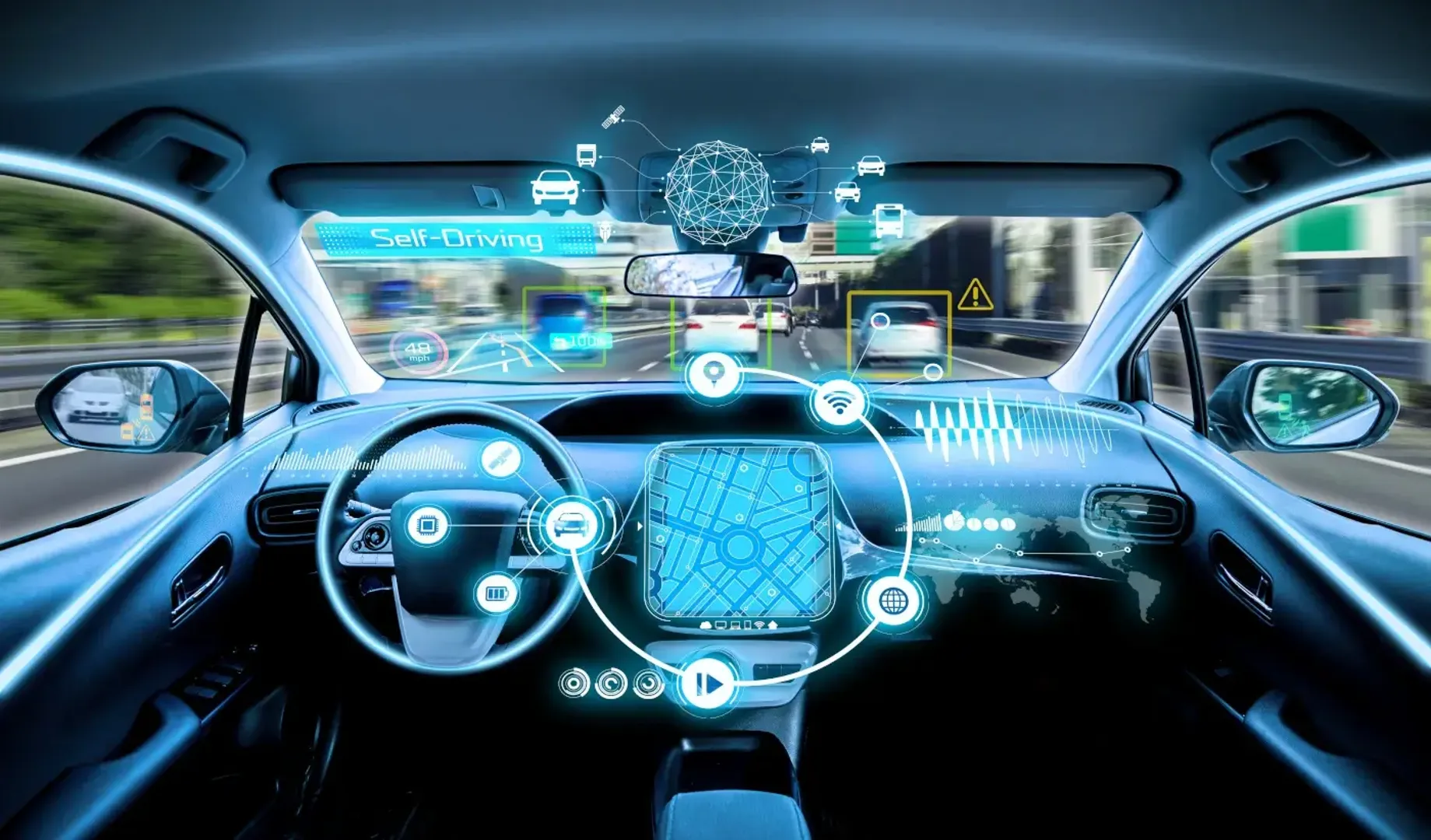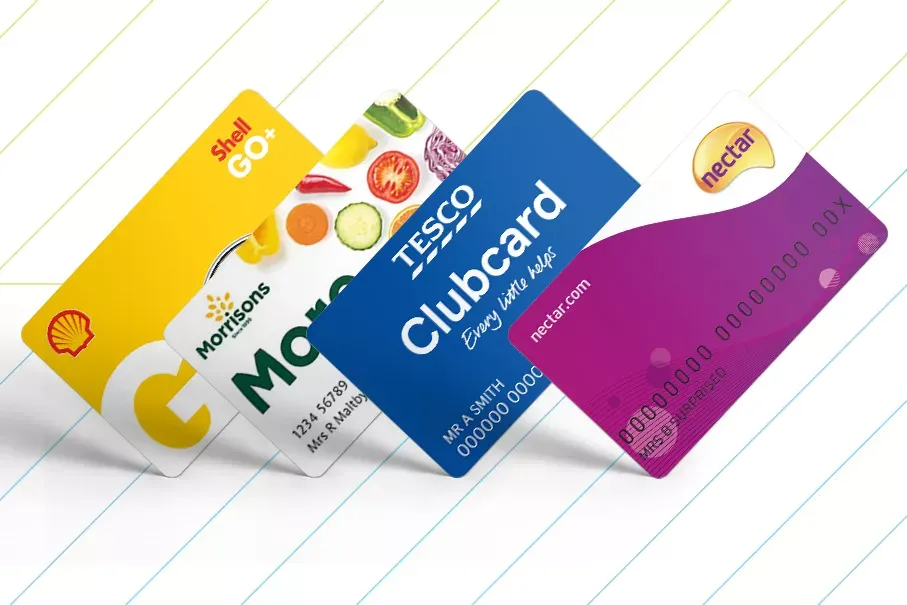
Driver assistance technology is developed to aid drivers and improve safety on the road. Commercial drivers are in high demand and have limited resources. Anything that can be done to help protect drivers from accidents is beneficial to drivers, businesses, and other road users. However, some believe that assistant technology can cause unnecessary distractions for drivers and encourage them to be complacent. Critics are concerned that drivers can over rely on vehicle technology, leading to more accidents. In this article we take a look at examples of driver assistance technology and our thoughts on if they help or hinder drivers.
Inbuilt navigation systems
Navigation systems or sat navs are one of the most common forms of driver assistance technology. Most van driver’s use sat navs on a regular basis as part of their driving role. Sat navs help drivers get to their destination using the fastest route, whilst also pointing out traffic issues and speed cameras. When used correctly navigation systems provide a huge benefit to drivers who regularly drive to different destinations, such as delivery drivers. However, drivers must resist the temptation to use the navigation system whilst driving, as this can take focus away from the road and cause an accident. Drivers should set up their navigation system before setting off and pull over in a safe location to amend or change the route or settings.
On-board video systems
Cameras that monitor driver activity, road activity and van activity are increasingly being added to new commercial vehicles. These are also available as separate add-on technology for older vehicles. This technology can help in several ways:
- They can help to retrieve stolen goods if an incident does occur.
- Encourages drivers to pay full attention as they are aware they are being monitored.
- If an incident does occur the footage can help identify what happened for insurance purposes.
- Previous footage can also be used to train drivers to respond in the best possible way in different situations.
Drivers and companies need to be vigilant when it comes to vehicle theft and accidents and not rely on the on-board video systems to cover them. Policies should also be in place to stop drivers leaving valuable equipment or tools in the vehicle.
Adaptive cruise control
Another upcoming driver assist technology relevant to vans and commercial vehicles is adaptive cruise control. This technology allows drivers to set a speed at which they want the vehicle to remain. However, the difference between this technology and standard cruise control is the built-in RADAR system. This maintains a distance from the vehicle in front. If your set speed is faster than the vehicle that you’re following you won’t hit the vehicle, as the RADAR system will take over. You can set how far you want to remain behind the vehicle in front and the technology will keep this position until the road becomes clear. At this point the vehicle will speed up again to the chosen cruise control speed.
Adaptive cruise control can help drivers to become more relaxed and enjoy a pleasant drive. However, they must also stay focused on the road to avoid any potential incidents. Over reliance on adaptive cruise control could encourage drivers to become complacent even when the technology isn’t enabled.
Lane assist technology
Lane assist technology is increasingly being added to newer vans and fleet vehicles. The technology works by using a wide-angle camera attached to the front of the vehicle and monitoring when the vehicle is beginning to drift towards the edge or out of its current lane. The driver is given a warning to alert them to correct the road position. If the warning doesn’t work, some vehicles can actively steer the car or van back into the right lane to avoid a potential collision.
This technology is great for drivers who spend a large proportion of their day on motorways. It only takes a moment of concentration lapse to drift out of the lane and potentially into the path of other road users. This technology only begins to notify drivers if they are travelling at a certain speed, so it will not interfere with normal driving, for example when vehicles are pulling out of junctions or parking.
Driver assist technology has the potential to help reduce the number of accidents and make the roads safer for all motorists. It is essential that drivers do not push their limits and rely on technology to take over. Businesses must have policies in place to avoid drivers spending too much time on the road. Tiredness is one of the main causes of road accidents that can be avoided.


